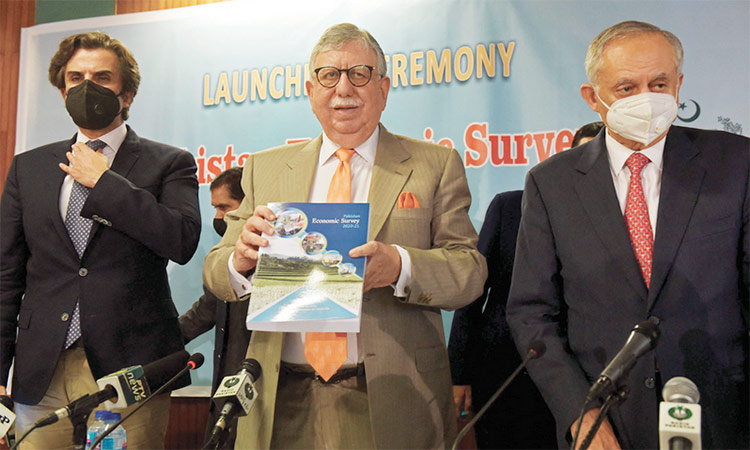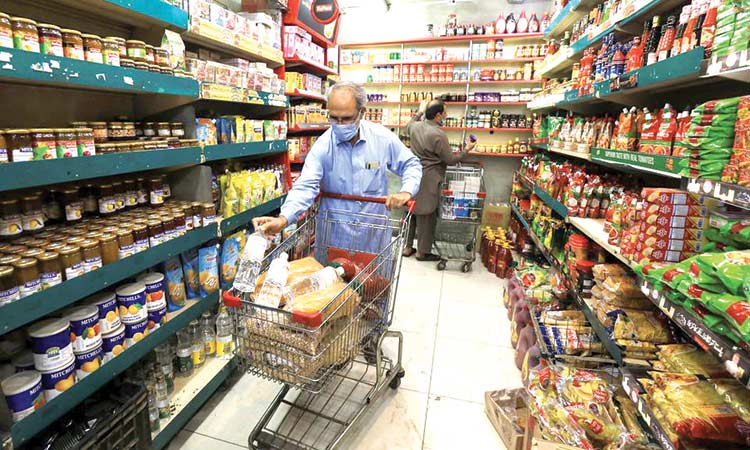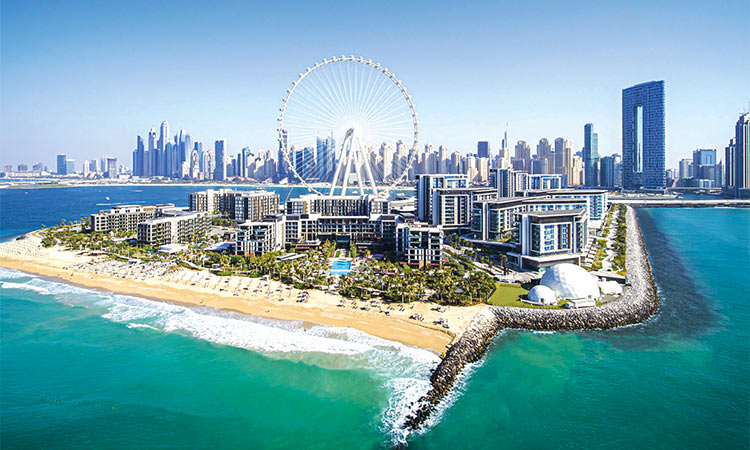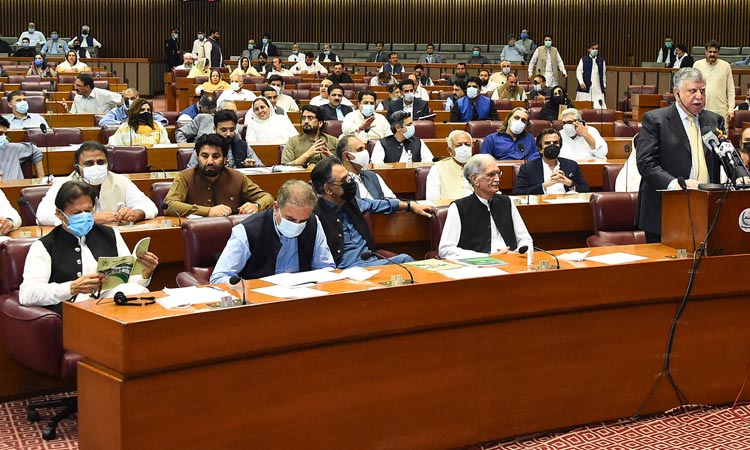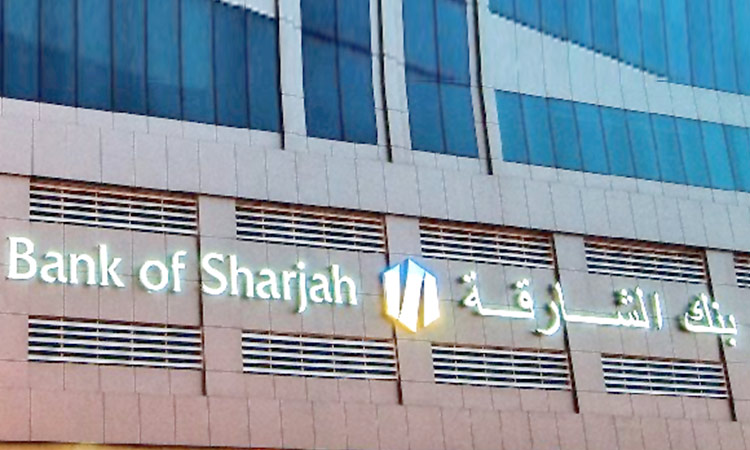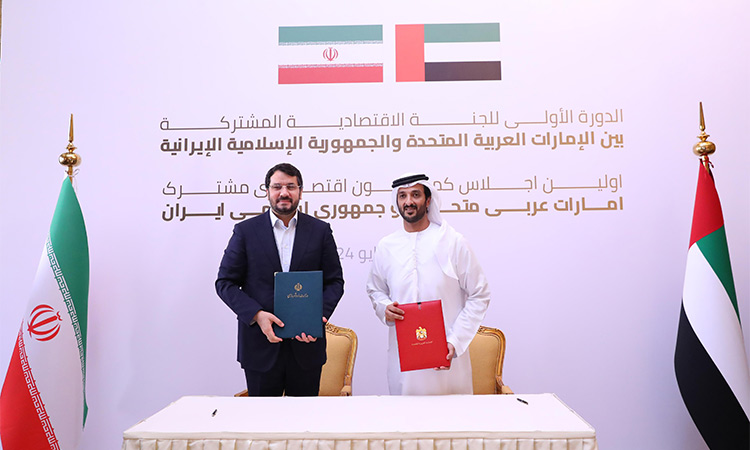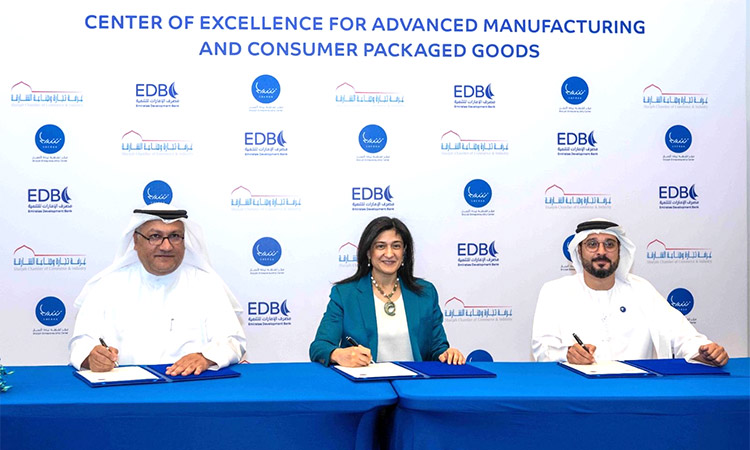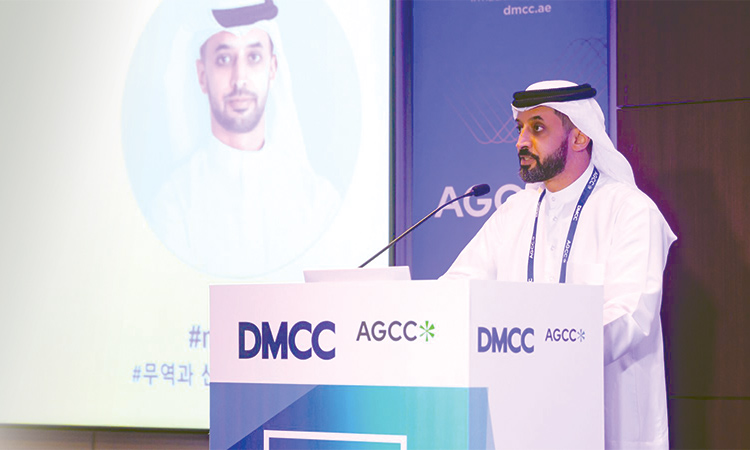Pakistan’s economic recovery strengthens in second quarter
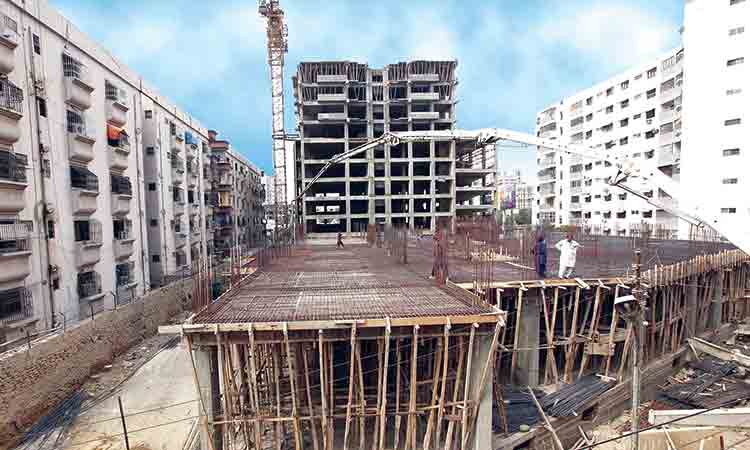
Labourers work on a building construction site in Karachi, Pakistan. Reuters
The State Bank of Pakistan (SBP) released its second quarterly report on The State of Pakistan’s Economy for the fiscal year 2020-21 on Thursday.
The report highlights the strengthening of the economic recovery during the second quarter of the fiscal year.
This was evident from the growing pace of industrial activity, promising output of major Kharif crops (with the exception of cotton), and a pick-up in the services sector during the review period.
The large-scale manufacturing (LSM) grew by 7.6 per cent during first half of financial year 2021 (H1-FY21), with its growth in the second quarter accelerating to 10.4 per cent, the highest quarterly LSM growth since fourth quarter (Q4)-FY07. Construction-allied and food processing industries generated much of the momentum in industrial activity.
The construction industry benefited from the favorable policy environment, which included the government’s fiscal incentives under the construction support package, the Naya Pakistan Housing Scheme, as well as financial measures from the State Bank.
Financing to the housing and construction sector in Pakistan has almost always remained quite negligible in the credit portfolios of banks when compared with other developed and developing countries.
To support the vision of the Government of Pakistan, the State Bank has taken several measures since July 2020 to support the provision of financing for the housing and construction sector, including by giving incentives and targets to the banks.
Within agriculture, most of the major Kharif crops performed better than last year; this improvement was attributed mainly to increases in their areas under cultivation.
The government’s support package for Rabi crops, comprising subsidies on key inputs, and an increase in the support price for wheat, are likely to bolster the overall crop sector growth.
However, cotton exerted a drag on the overall agricultural performance, as the revised production estimate of 7.7 million bales represented the lowest output since FY86. Nonetheless, due to better output of other crops, the overall agriculture sector is expected to register positive growth.
On the whole, the recovery was rooted in the timely and well-calibrate policy response of the SBP and the government to counter the Covid-19 shock.
The SBP’s policy response comprised liquidity support through continuation of low policy rate, loan deferments and restructuring, and refinancing schemes for payroll support, healthcare sector, and firms looking to undertake capital expenditures.
At the same time, the government’s support measures included direct cash support for the economically vulnerable segments, together with tax relief for the construction sector; expedited disbursement of outstanding refunds of exporters; concessionary energy prices; duty concessions on imported raw materials; and subsidies and higher minimum support prices to bolster agriculture.
Importantly, these facilitative policies and the resultant rebound in economic activity did not contribute to a widening in macroeconomic imbalances, including the fiscal and current account deficits.
As the economic momentum picked up and the country successfully navigated the second wave of COVID-19 without resorting to strict mobility restrictions, firms’ demand for credit nearly doubled on YoY basis during H1-FY21.
A significant part of this credit was extended through SBP’s concessionary refinance schemes, especially the Export Finance Scheme (EFS), the Long-Term Financing Facility (LTFF), and the Temporary Economic Refinance Facility (TERF), as firms pursued capacity expansion and Balancing, Modernization and Replacement (BMR) activities. Specifically, the approved financing under the TERF scheme reached Rs435.7 billion as of 31st March, 2021.
House building loans also increased, after SBP set the mandatory target for banks to increase their housing and construction loans to 5 per cent of their overall private sector credit portfolios by end-December 2021.
In the external sector, the current account posted a surplus of $1.1 billion during H-FY21, driven by record-high workers’ remittances and reductions in the services and primary income deficits. Remittances rose from all the major corridors, with strong growth recorded from the advanced economies as well as from the GCC. Proactive policy measures by the government and SBP to encourage more inflows through formal channels, curtailed cross border travel in the face of Covid-19, altruistic transfers to Pakistan amid the pandemic, and orderly foreign exchange market conditions have contributed to the strength of remittances.
